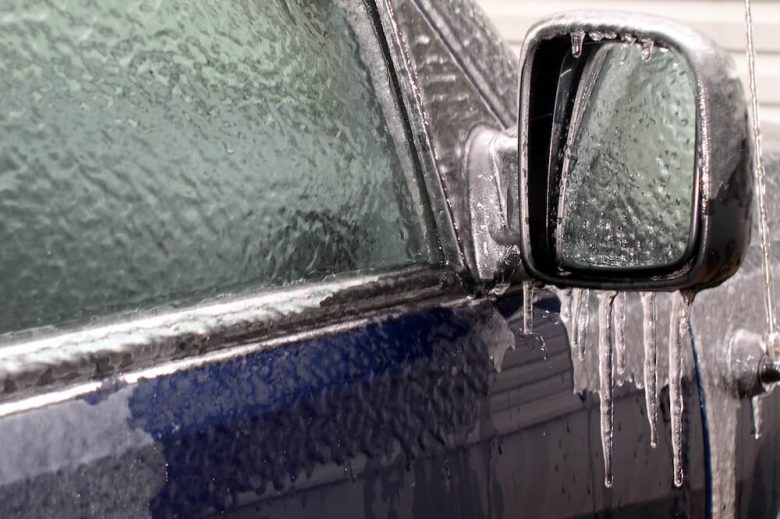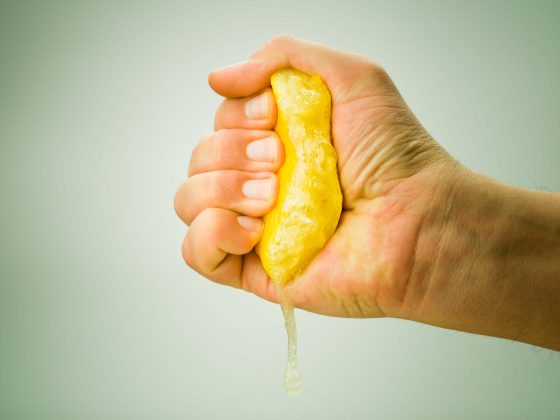“It’s freezing!” How many times have you said that, this winter season? You’re not wrong! In fact, according to recent data, this winter has been the 12th coldest on record! The news is inundated with headlines like “Bitter Cold To Invade Wisconsin” and “Winter Storm Jasper to Batter North Carolina.”
Use eTags© to Quickly Complete Your DMV Service. Renewals, Title Transfers and More, All Online!
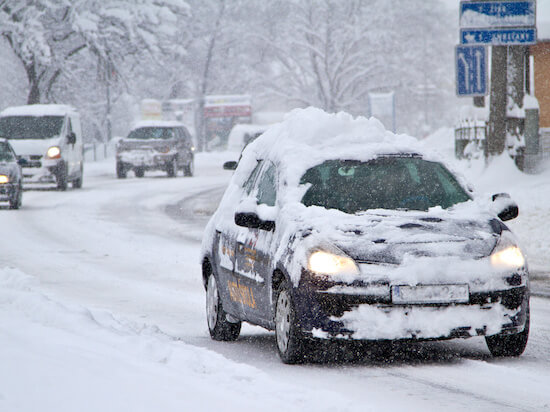
“It’s freezing!” is an understatement! If you’re like many families across the country, you know the deal. You head out to your car in the mornings to warm it up before your commute. Nothing’s worse than riding to work or school utterly frozen. But you should be cautious, there are some do’s and don’ts when it comes to defrosting your car. Take note, so you don’t accidentally cause any damage that might hurt your head worse than a brain freeze down the road!
Don’t warm up your car too much
Running outside in the morning to turn on your car and let the cabin (and engine) warm up is a tempting idea. But is it safe to let your car idle for 15 or 20 minutes in frigid temperatures? How long is too long? The Environmental Protection Agency says it’s a good idea but keep it brief. Newer cars really shouldn’t take more than a few minutes to warm up and your engine will actually warm up faster by you driving the car!
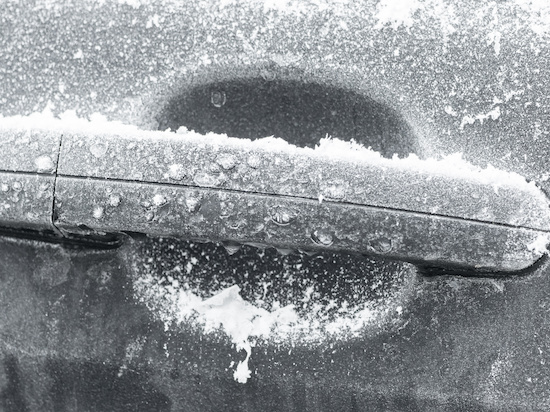
The techs at Apple recommend not storing iPhones or iPads at temperatures below negative -4 degrees
Don’t pour boiling water on the car
If you grew up in the old days (don’t ask how old), you might’ve seen your parents bring out a pot of hot water to defrost the windshield or even the door handles. It made total sense back then! But looking at it now, if your parent’s car never got a cracked windshield or a (re)frozen lock afterward, call them up and tell them how lucky they were! As soon as the water cools off, which will be quick thanks to the brick weather, it could shatter the glass from the shock. Not to mention drip down into hard-to-reach crevices causing other issues later on.
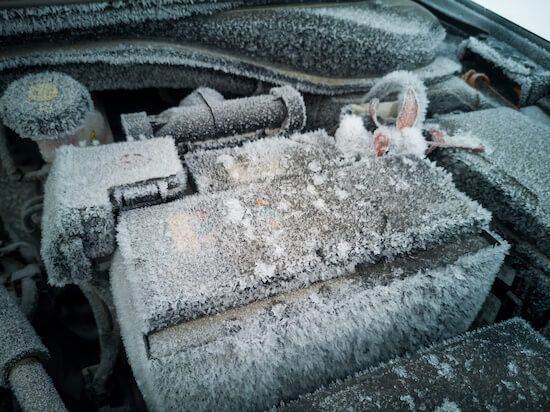
Don’t juice a dead battery
The headline here is, you don’t want to blow up your car. When you try to start up the engine and get nothing, you’re probably thinking “great! Now my battery is dead!” It might be. But if the temperatures are super low, don’t grab your jumper cables right away. The battery may be frozen, and a surefire way to tell is if the sides are bulging. This happens when the battery freezes and all the liquid moves to its sides. If you hook this up to the cables, you risk a dangerous fire or explosion! If you’ve got AAA or your insurance policy includes roadside assistance, go ahead and give them a call. You won’t be able to solve a frozen battery problem on the side of a road.
Make sure to keep your gas tank above half full, especially in freezing cold temperatures to prevent your fuel lines from freezing
Don’t use a metal scraper
There’s a fine line between snow and ice. You might very well scratch your glass or ruin your paint job just by trying to remove snow. When temperatures drop, that snow can turn to ice quickly. Plastic or a silicone scraper with a brush is your best option!
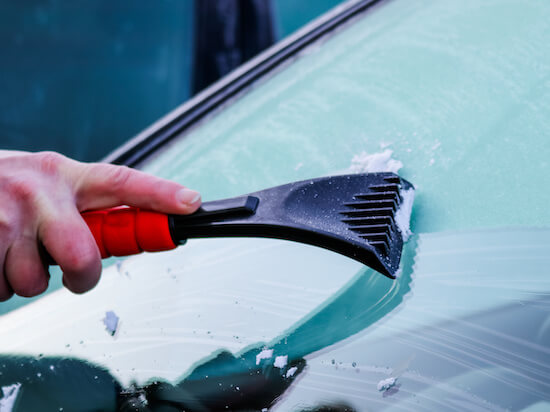
Don’t use man-made heat
Lastly, the blow dryer trick. You should really just skip it. Using external heat like a blow dryer to melt the ice off of your car door handle or windshield will give you the same undesired effect as pouring hot water, a negative one. Extreme heat, against extreme cold, will shock the glass and crack or worse, shatter it!
Mix one part water and two parts rubbing alcohol to make a homemade de-icer; Spray it on your windshield to quickly dissolve the ice
Here are a couple of things that you should do
Enough of the dressing down. Now you know what you should never do when defrosting your car, here are a few things that could work to defrost your car. Use the defrost function on your heater. This will safely defrost your windows even while you’re driving.
SEE ALSO: WINTRY ROADS-HOW TO STAY SAFE IF YOU’RE STUCK IN CAR IN SNOWSTORM
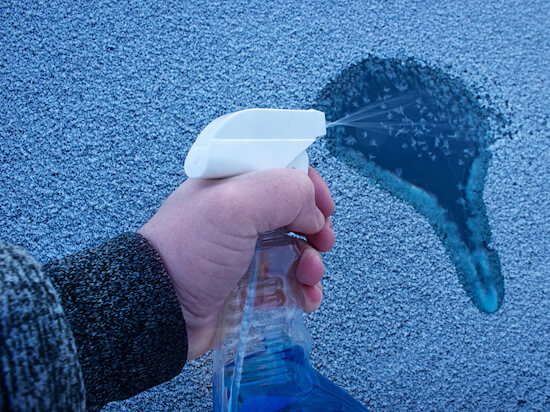
Also, turn on your headlights. You want others to be able to see your car clearly, especially since you might not be able to see them coming your way! Make sure to give yourself plenty of time to properly defrost the car before making moves. It’s not safe to drive if you can’t see out of your windshield.
A bit of kitty litter in a sock, on your dashboard can help suck up any moisture and prevent frost from collecting on your windshield
Lastly, if you live in an area that’s particularly snowy, invest in some deicing solutions. These are easily found at your nearest hardware store like Home Depot and Lowe’s, or you can even make a homemade solution using alcohol and water. These are great for frozen icy windows.
Winter weather can be tough on your vehicle and defrosting certainly isn’t the most fun task in the world. But hopefully, after reading this blog you’re clear on the do’s and most importantly the don’ts when it comes to safely defrosting your vehicle in cold weather! Drive safe!
